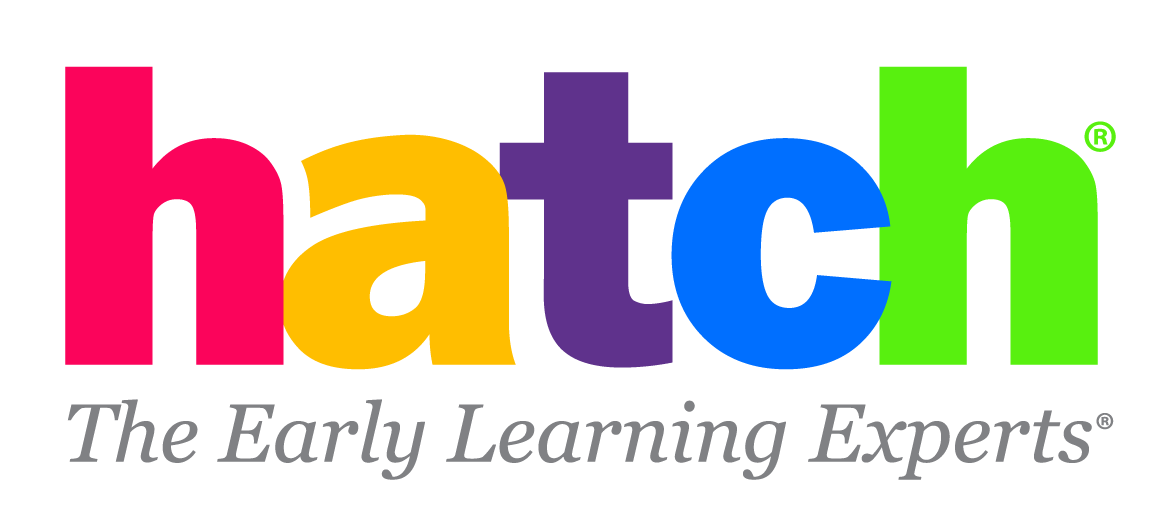Data collection and analysis is inherent to teaching and learning. Whether or not educators intentionally collect data, they are constantly using information about the children in their class to inform instruction. However, how educators collect, analyze, and use that data when broken down can be formalized in a process that can lead to more powerful results for all children. Plus, at the end of the day can ultimately help save educator’s time in planning and reporting out information to families and administrators.
Using Data To Inform Instruction
The first step to using data is to understand the end goal. What am I using this data for? What is the objective I am evaluating this child on? In the webinar, Putting it All Together: Using Data to Inform Instruction, we first begin with the early learning standard. Since early learning standards serve as a guide for curriculum, instruction, and assessment in early childhood programs, it is important that teachers and administrators are able to accurately interpret these standards. Understanding these standards begins with unpacking them – by dissecting the components of a standard we can ensure we are accurately interpreting them. It is also helpful to compare the similar standard assigned to the age group above and below so that way you can understand how it is developmentally different from children who are older and younger, which is often referred to as vertical alignment. Once we as educators understand the standard, we can truly understand what a child is being asked to demonstrate as we evaluate their understanding. It is important to practice breaking down these standards and asking questions or bringing up concerns about standards with other educators throughout the year.
Collecting data is the next step. Data can be collected in many ways. As a former educator myself, I leverage photos, work samples, videos, and voice technology to transcribe audio. Other educators like to take written notes. Figuring out how you best collect data is an important part of the process, but once you have your method it becomes so natural. One reason, how data is collected is so important is that data needs to be objective. Other ways to collect data are through digital learning tools and assessments. These provide formative and summative data to help educators understand children’s progress on the skills embedded in the standards.
At Hatch Early Learning, our independent digital learning tool Ignite collects rich data on where children are progressing, and also identifies where and how to support specific children through the educator platform, Insights. This is a form of data collection that, when leveraged with other forms of documentation as noted above, provides a truly comprehensive picture to differentiate instruction for individual children, small-groups and for the whole class. It can feel overwhelming at times to collect, analyze, and leverage all this data, which is why it is most important to find time for each step of the process. Find some time each day to compile and organize your data – by child, by standard. Find one 20–30-minute chunk of time each week to review and analyze your data and ask yourself, “what am I missing? What are the patterns I am seeing?” And then during your planning sessions for each week use those insights to make your groups, plans your lessons, and hone your instruction to make the most out of each interaction.
Data can be an incredibly useful tool for students and teachers. It makes academic progress feel concrete for children, and it helps teachers understand what children are learning and where more work needs to be done. Just like in other careers, effectiveness in teaching requires being reflective and realistic about how we are doing. As teachers, using data allows us to see where we may fall short and where we are succeeding. Our success in the classroom has an impact upon the future success of the children and the school and community in which we teach.
If you would like more information on using data to inform instruction, this webinar was just a sneak-peak or a preview of one of our Professional Development Training Sessions that we offer here at Hatch. In the Professional Development session on which this webinar was based, we do a much deeper dive with breakouts, and look specifically at your school, classroom, or district to data to apply these theories into practice. If you are interested in learning more about our Professional Development offerings visit our website or contact your local Hatch representative.

.png)